Disclosure: This article contains affiliate links. We may earn a commission from purchases at no extra cost to you, which helps our travel content.
There's something about trading the predictable comforts of middle age for the wild unpredictability of sand between your toes and salt in your hair. Last winter, I found myself craving both desert and ocean, so I designed a two-week adventure split between Vietnam's mesmerizing Mui Ne dunes and Samoa's vibrant Apia reefs. Both destinations sit firmly in the budget-friendly category while offering completely different flavors of adventure. Grab your adventure journal and let me walk you through this tale of two terrains.
Mui Ne: Where Desert Meets Ocean
The first time I saw Mui Ne's red sand dunes glowing in the sunrise light, I nearly dropped my morning coffee. After 20+ years of training clients to push their physical limits, I found myself humbled by nature's simple yet challenging landscape.
These aren't just small hills – they're proper dunes that will test your quad strength and cardiovascular fitness as you trudge upward, only to be rewarded with panoramic views that stretch for miles. My advice? Arrive for sunrise when temperatures are manageable and the light paints the sand in shades of amber and gold.
Beyond the famous red dunes, don't miss the white dunes about 30km northeast of town. They're less crowded and, in my opinion, more dramatic. I rented a motorbike (around $7/day) and made the journey solo, packing my hydration backpack with extra water – you'll need it in this environment.
The beauty of Mui Ne lies in its contradictions: after a morning hiking the desert-like landscape, you can cool off in the South China Sea by afternoon. The strong winds that shape these dunes also create perfect conditions for kitesurfing, which I tried on day three with hilariously mixed results (let's just say my upper body strength didn't translate to immediate kitesurfing prowess).
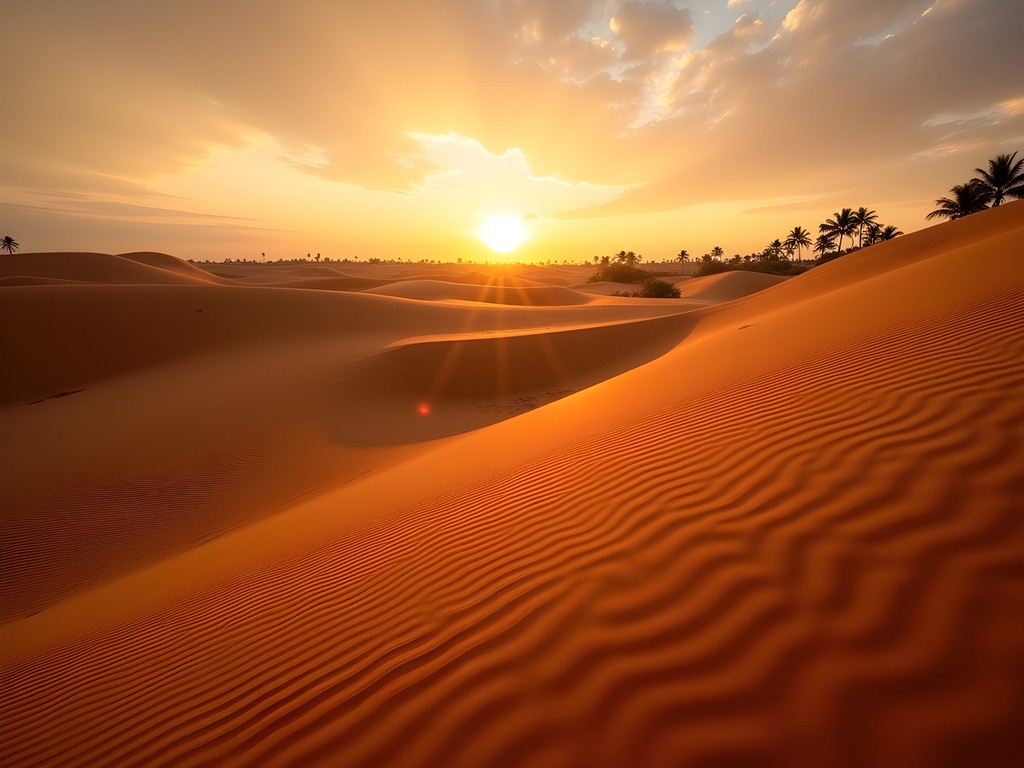
💡 Pro Tips
- Visit the red dunes at sunrise and sunset for the best photos and cooler temperatures
- Rent a motorbike to access the more remote white dunes independently
- Book kitesurfing lessons in advance during peak season (Nov-Mar) when instructors fill up quickly
Navigating Mui Ne's Unique Culture & Cuisine
What surprised me most about Mui Ne wasn't just the landscape but how the local fishing community has adapted to it. Each morning before dawn, I'd jog along the beach and watch fishermen in their round bamboo boats (thung chai) heading out to sea. These vessels look impossibly flimsy yet have served generations of local families.
The food scene here reflects this maritime heritage. Skip the tourist traps along the main strip and head to the fishing village on the northeast end of Mui Ne Bay. Here, plastic tables and chairs spill onto the sand, and the day's catch becomes the evening's feast. My go-to meal became the grilled seafood platter with morning glory sautéed in garlic – simple perfection after a day of physical activity.
After a week of sand-based adventures, my muscles needed some attention. I packed my massage roller which became my evening ritual to work out the knots from hiking dunes and balancing on surfboards. As a personal trainer, I can't stress enough how important recovery is, especially when you're pushing fifty and pushing your limits simultaneously.
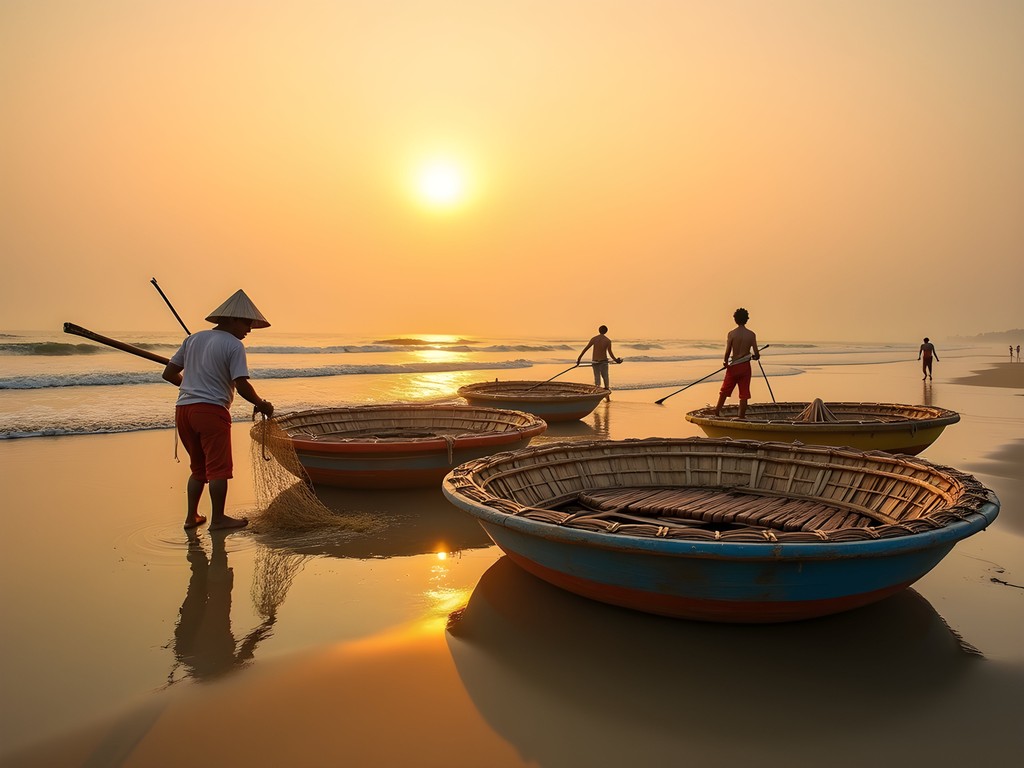
💡 Pro Tips
- Learn basic Vietnamese phrases – locals appreciate the effort and you'll get better food recommendations
- Visit the fishing village before 6am to see the morning catch come in
- Try the local specialty: fresh spring rolls with peanut sauce at the night market
Apia: Diving into Samoa's Underwater Wonderland
Trading sand for surf, I boarded a flight to Samoa's capital city, Apia. The contrast couldn't be more striking – from arid dunes to lush tropical vegetation and crystalline waters within 24 hours.
While Mui Ne challenged my land-based endurance, Apia tested my comfort in water. Having relocated to coastal Valencia in my late 40s partly to improve my swimming, I was ready to explore what lies beneath Samoa's surface. The Palolo Deep Marine Reserve, just a short distance from downtown Apia, offers some of the most accessible reef snorkeling I've experienced.
My full-face snorkel mask became my window to another world. As someone who spent decades in landlocked Louisville, the diversity of marine life here left me speechless – giant clams, blue starfish, and coral formations in shapes I couldn't have imagined.
For more experienced divers, the Apia area offers several dive sites ranging from beginner to advanced. I booked with Samoa Diving & Snorkeling, completing two tank dives at the Apia Harbour wreck and 'The Valleys' reef formation. Even in winter (which is actually the dry season here), water visibility stretched beyond 20 meters on good days.
What made Apia special wasn't just the underwater adventures but the accessibility. Unlike some remote diving destinations that require hours of boat travel, many of Samoa's best sites are just 15-30 minutes from shore.
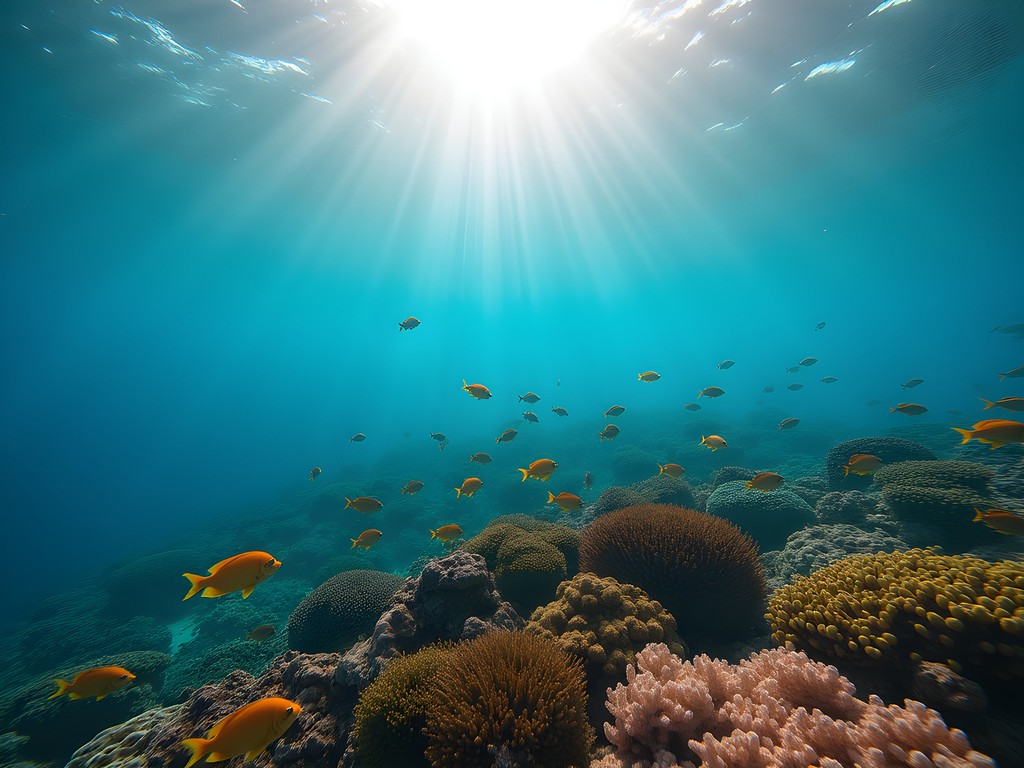
💡 Pro Tips
- Book dive trips at least 2 days in advance during high season
- Visit the fish market early morning to see local fishermen bring in their catch
- Pack reef-safe sunscreen as regular sunscreen is damaging the coral reefs
Embracing Fa'a Samoa: The Samoan Way
What elevates Apia beyond just another tropical destination is the living cultural heritage known as Fa'a Samoa (the Samoan Way). As someone who's built a career around connecting with people and their stories, I found myself drawn to the communal aspects of Samoan life.
I stayed at a family-run guesthouse rather than a resort, which opened doors to authentic experiences. My hosts invited me to a Sunday to'ona'i (traditional lunch) following church services, where I witnessed the reverence for elders and community that shapes Samoan society. The meal itself was a revelation – palusami (young taro leaves baked in coconut cream) might be my new favorite food.
For those seeking physical challenges beyond water activities, I recommend hiking to the Papapapaitai Falls. The trail isn't technical but offers enough elevation gain to feel accomplished. My hiking poles proved invaluable on the steeper sections, especially protecting my knees on the descent.
One afternoon, I visited the Robert Louis Stevenson Museum (the author spent his final years in Apia) and then hiked up Mt. Vaea to his grave – a poignant reminder that many before us have found peace and purpose in these islands.

💡 Pro Tips
- Dress modestly when visiting villages (covered shoulders and knees)
- Ask permission before taking photos of people or within villages
- Learn basic Samoan phrases – 'Talofa' (hello) and 'Fa'afetai' (thank you) go a long way
The Verdict: Sand vs. Surf
After two weeks split between these contrasting destinations, which would I recommend? The honest answer is both – but for different reasons and different travelers.
Mui Ne offers accessible adventure that combines physical challenge with cultural immersion. The cost of activities is lower (sand dune tours start around $15), accommodations more budget-friendly (decent hotels from $25/night), and the infrastructure more developed. It's ideal for those who enjoy land-based activities with the option to dip into water sports.
Apia demands more from your budget (expect to pay $40+ for quality accommodations and $80+ for dive trips) but delivers unparalleled marine experiences. The cultural immersion here feels more immediate and encompassing – Fa'a Samoa isn't just a tourist slogan but a living philosophy you'll encounter daily.
For photography enthusiasts, my underwater camera captured stunning reef shots in Apia, while my regular travel camera was perfect for Mui Ne's dramatic landscapes.
If forced to choose just one? At fifty years old, with creaky knees but a curious heart, I'd return to Apia. The combination of physical activity, cultural richness, and that ineffable sense of island time feels like the perfect antidote to our hyperconnected world.
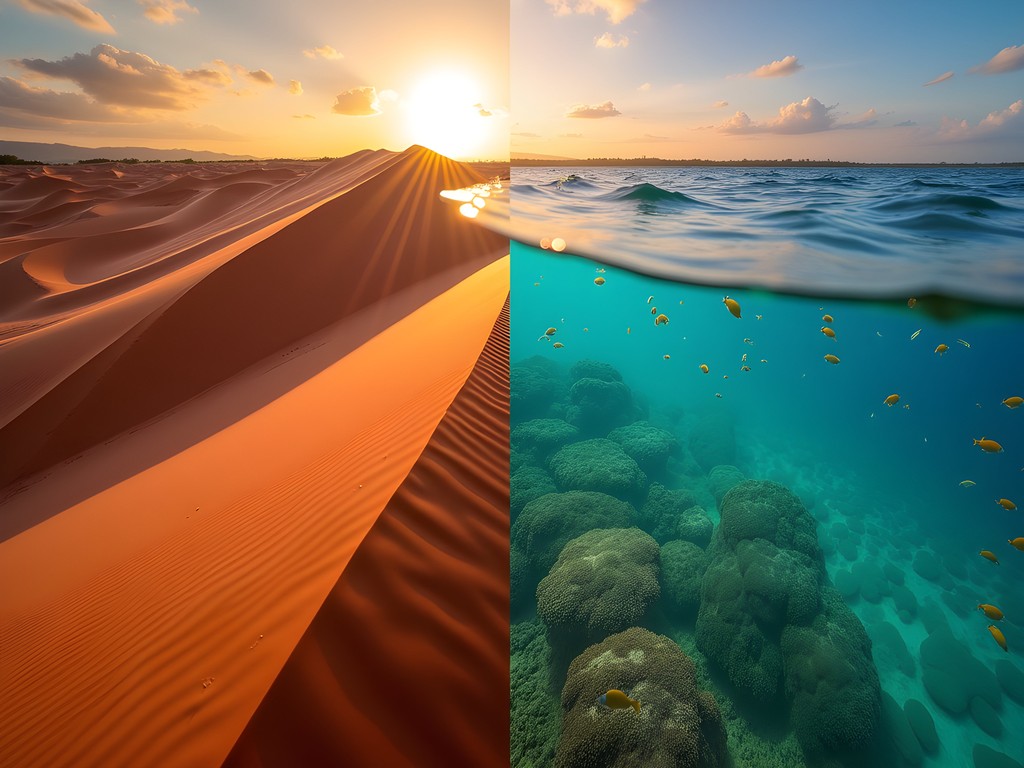
💡 Pro Tips
- Split your time 40/60 between destinations if you can visit both
- Book accommodations near Mui Ne's central beach for easiest access to activities
- In Apia, stay within walking distance of the harbor for convenience
Final Thoughts
As I packed my bags to return to Valencia, I realized that these two weeks had offered more than just adventure – they'd provided a masterclass in contrasts. Mui Ne taught me that silence and space have their own language, while Apia reminded me that life flourishes most vibrantly when we can't see it from the surface.
Perhaps that's the greatest gift of midlife travel: the ability to appreciate these contrasts without feeling the need to rank or rate them. The dry heat of the dunes and the humid embrace of the tropics both have their place in a well-lived adventure.
Whether you choose sand or surf – or better yet, both – what matters is approaching these places with respect, curiosity, and a willingness to let them change you. Pack your travel backpack, bring twice the water and half the expectations you think you need, and prepare to be humbled by landscapes that have been shaping travelers long before we arrived and will continue long after we're gone.
Until next time, keep moving and stay curious, Rachel
✨ Key Takeaways
- Both destinations offer distinct adventure experiences at reasonable mid-range budgets
- Winter is actually the ideal time to visit both locations (dry season in Samoa, perfect temperatures in Mui Ne)
- Cultural immersion enhances the adventure experience in both destinations
- Physical preparation pays off – basic fitness training before your trip will enhance enjoyment of both locations
📋 Practical Information
Best Time to Visit
November-March (dry season for both destinations)
Budget Estimate
$1,500-2,500 for two weeks excluding international flights
Recommended Duration
Minimum 10 days (4 in Mui Ne, 6 in Apia)
Difficulty Level
Intermediate

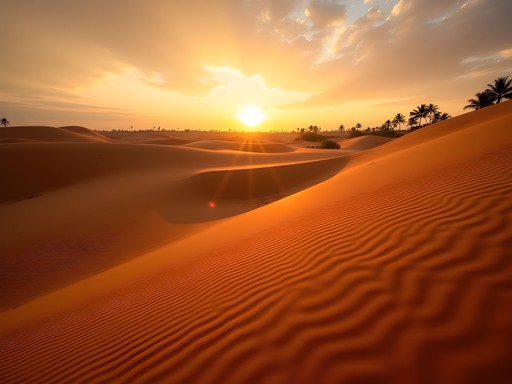
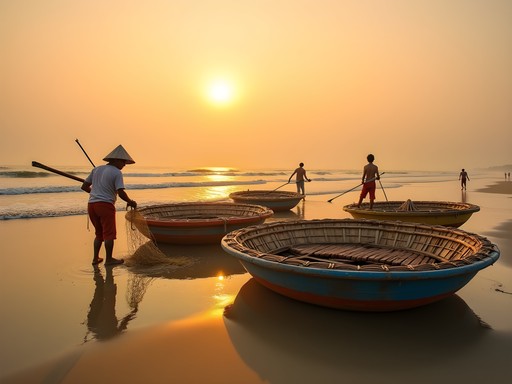


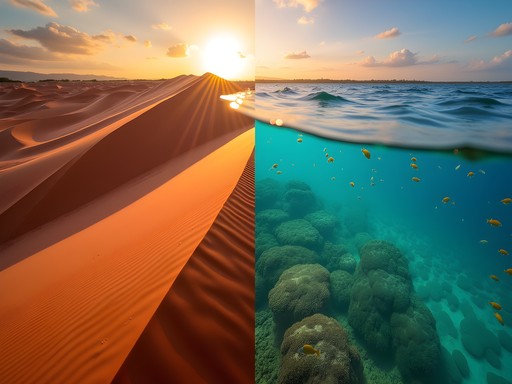


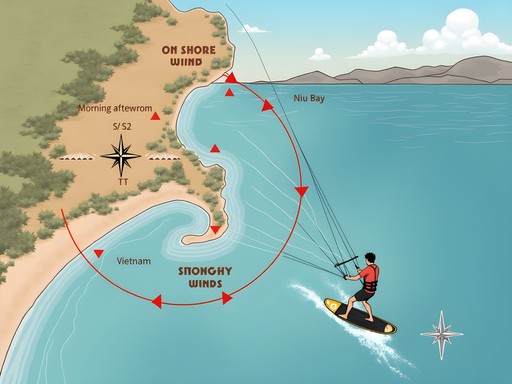

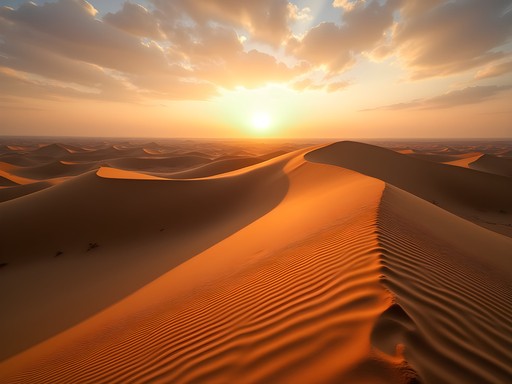
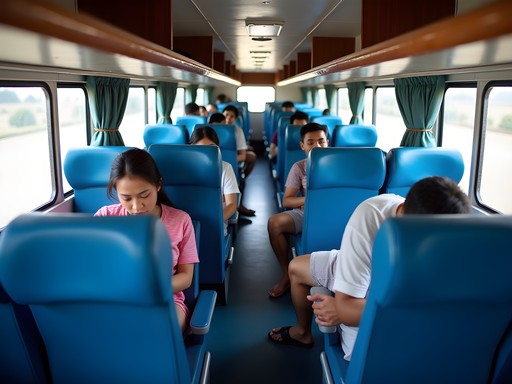




Comments
winterone
The reef shoes saved my life in Apia. Don't skip them.
cooltime
Any brand recommendations? Planning my trip for January.
winterone
I used water shoes and they were perfect - lightweight but sturdy enough for the coral.
summeradventurer
I'm planning a trip to Vietnam but only have 10 days. Is Mui Ne worth visiting if I have limited time? Or should I stick to Hanoi/Ha Long Bay?
Douglas Bradley
Not Rachel, but I'd say it depends on your interests. If you're after cultural immersion, Hanoi and the north give you more variety. But Mui Ne offers a completely different landscape that you won't find elsewhere in Vietnam. With 10 days, you could do 3 in Mui Ne, 3 in Hanoi, 2 in Ha Long Bay, and 2 for travel between. I used this guidebook to plan my route and it was incredibly helpful for timing.
roamone
OMG this post is EXACTLY what I needed!!! Literally planning a trip that includes both Vietnam and Samoa next year! Rachel, how many days would you recommend for each place? And how was the language barrier in Samoa? I've heard mixed things about getting around if you don't know Samoan. So excited to follow in your footsteps!!
Rachel Colombo
I'd recommend at least 3 days for Mui Ne and 4-5 for Apia if you want to really explore the reefs. Language wasn't a huge issue in Samoa - English is widely spoken in tourist areas, though learning a few basic Samoan phrases goes a long way with locals!
roamone
Thank you so much!! This is super helpful! Can't wait!!!
sunsetwalker
That shot of the Samoan fire dancers is absolutely stunning! 🔥
Rachel Colombo
Thanks! It was such an incredible performance - had to hold my camera steady while being completely mesmerized!
adventureone
I did Mui Ne last year but missed out on Samoa. The sand dunes were absolutely surreal at sunrise - felt like being on Mars! Did you try the sand sledding? I wiped out so many times but it was worth it. The seafood in Mui Ne was also incredible. Rachel, did you find the local buses easy to navigate? I ended up hiring a motorbike which was terrifying but fun.
Rachel Colombo
The buses were actually pretty straightforward! I used the Grab app for shorter trips and found it super reliable. And yes, sand sledding was a highlight - though I definitely had sand in places I didn't know existed for days after!
adventureone
Good to know about Grab! Will definitely use that next time. And yes to the sand... it gets EVERYWHERE!
cooltime
Those red sand dunes look incredible! Adding Mui Ne to my bucket list.
Robert Moreau
Rachel, your comparison really captures the magic of both destinations! I was in Mui Ne last year and had a similar experience with the contrast between desert and ocean. What struck me most was how the fishing village wakes up before dawn - watching those colorful boats head out while most tourists are still sleeping feels like glimpsing the real Vietnam. For anyone planning to visit, I highly recommend staying at least 3 days to experience both the dunes and the local culture. The seafood markets are a highlight! Still need to make it to Samoa though - your underwater descriptions have me convinced.
dreamexplorer
Those red sand dunes in Mui Ne look incredible! Definitely adding this to my bucket list.
starphotographer
They're even better in person! The sunrise tour is worth the early wake-up call.
dreamexplorer
Thanks for the tip! Did you do sand boarding there too?
nomadexplorer
Just booked my tickets to Vietnam after reading this! The contrast between desert dunes and ocean in Mui Ne sounds incredible. What's the best time of year to visit to avoid crowds but still get good weather?
exploreguide
Great comparison! Which would you recommend for someone who only has time to visit one? I'm torn between desert adventure and ocean exploration!
Rachel Colombo
Tough choice! If you're on a budget and want more diversity in a single location, Mui Ne gives you both desert and ocean with easier logistics. If you're after pristine nature and cultural immersion (and don't mind spending more), Samoa is truly special. What's your travel style?
Venture X
Premium card with 2X miles, $300 travel credit, Priority Pass